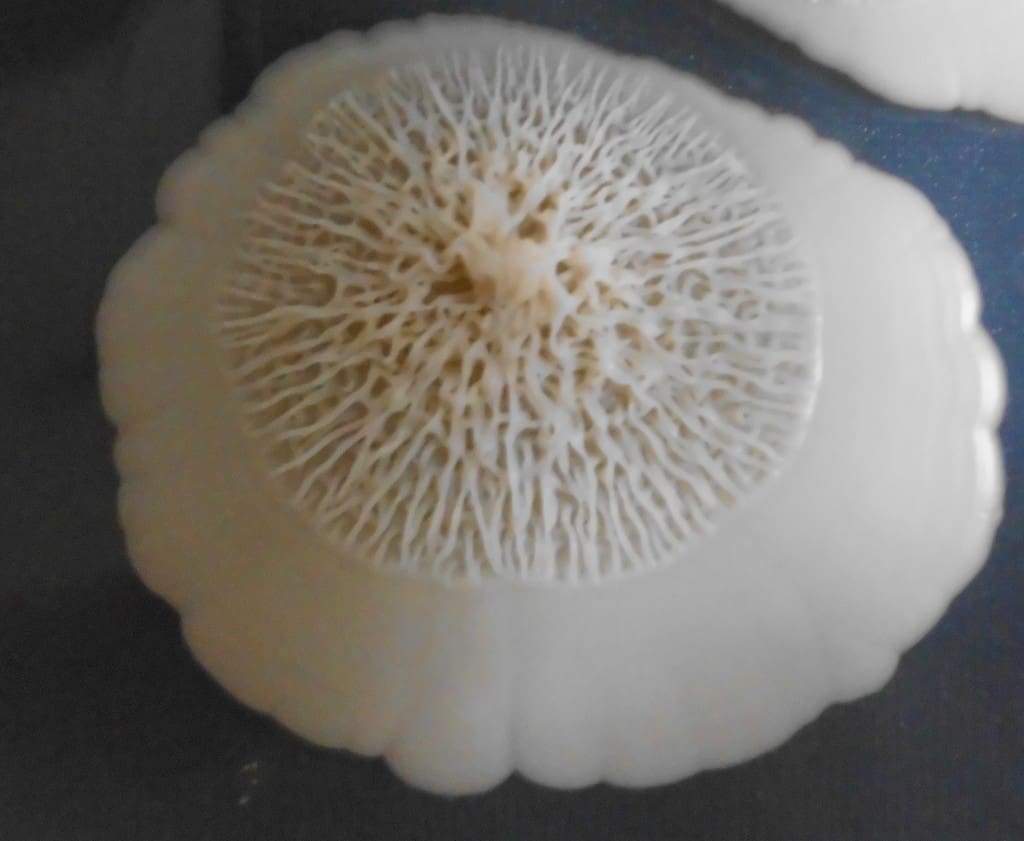Contents
Introduction
Vaginal thrush (vaginal candidiasis) is the most second cause of pathological vaginal discharge (behind bacterial vaginosis), it is not usually sexually transmitted, and is instead the result of fungal overgrowth, which can be the result of many factors.
About 20% of women have asymptomatic genital colonisation of yeast. But when an overgrowth of this occurs, vulvovaginitis can result.
- Symptomatic Candida infection occurs in 75% of women at some stage in their life
Treatment can be topical or oral anti-fungals – but be wary about the use of oral agents as they are not safe in pregnancy.
Epidemiology
- 95% of cases the result of Candida albicans
- 5% of cases due to Candida Glabrata – which is more difficult to treat
- About 1/3 of chronic cases are due to non-albicans species
Aetiology
- Pregnancy
- Steroids
- Antibiotic use
- Immunodeficiency
- Diabetes
- ALWAYS perform urine dipstick on a female patient presenting with thrush
- Not usually sexually transmitted – but can be – check that the partner is not affected before treatment to avoid re-infection.
Presentation
- A white discharge, often described as clotted cream / cottage cheese, usually non-offensive
- Itchy and sore vulvar area
- The partner is usually asymptomatic, although sometimes candidal infection can cause balanitis in men
Investigations
- Speculum and inspection
- Vulval and vaginal appearance:
- Sore, red
- Vaginal may be hyperaemic (red) and oedematous
- Vaginal pH – <4.5 (not always)
- Triple swabs and smear (chlamydia, gonorrhoea, and a ‘general’ swab for culture)
- Microscopy – will show budding yeast spores
- Culture – to rule out other causes
Treatment
- Topical
- Clotrimazole – can be given as a cream and/or pessary. Similar cure rates to a single oral dose of fluconazole
- 2% cream nightly for 3 nights, or 1% cream nightly for 7 nights
- Oral
- Fluconazole – single oral dose – 150mg
- This is strongly contraindicated in pregnancy and thus ensure patient is not pregnancy before prescribing
- If infective agent is C. Galbrata – more difficult to treat. Try:
- Topical Nystatin
- Oral Imidazole – 7-14 days
- BREASTFEEDING / PREGNANCY – USE TOPICAL TREATMENTS ONLY
- Recurrent infection – may require maintenance dose
Complications
Chronic or recurrent vulvovaginal candidiasis occurs in a number of cases. It is thought to be due to a hypersensitivity to colonising candida, rather than true recurrent infections.
Typically patients have a reduction in symptoms whenever anti-fungals are used, but the relief is temporary. This should also prompt the clinical to consider alternative diagnosis too!
If chronic candidiasis is suspected, try suppression treatment, e.g.:
- Fluconazole 150mg PO daily for 3 days, then weekly for 6 months
- Treatment often has to continue for longer than 6 months
- If there is no improvement of symptoms after 6 months, consider an alternative diagnosis
- Can lead to chronic vulval pain, which may respond to treatments for chronic pain, particularly those for neuropathic pain, such as amitriptyline, gabapentin and pregabalin
References
- Murtagh’s General Practice. 6th Ed. (2015) John Murtagh, Jill Rosenblatt
- Oxford Handbook of General Practice. 3rd Ed. (2010) Simon, C., Everitt, H., van Drop, F.
- Beers, MH., Porter RS., Jones, TV., Kaplan JL., Berkwits, M. The Merck Manual of Diagnosis and Therapy
